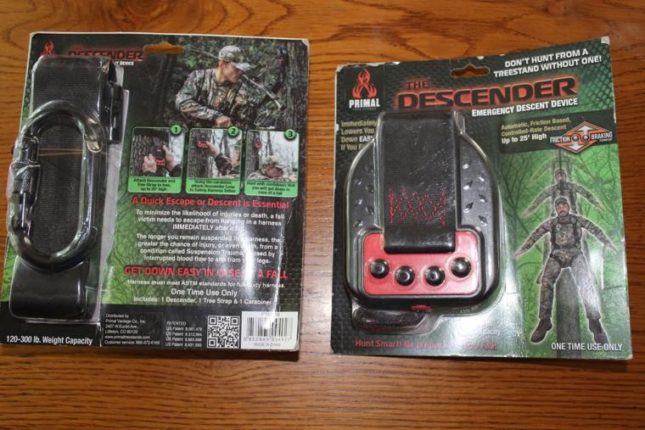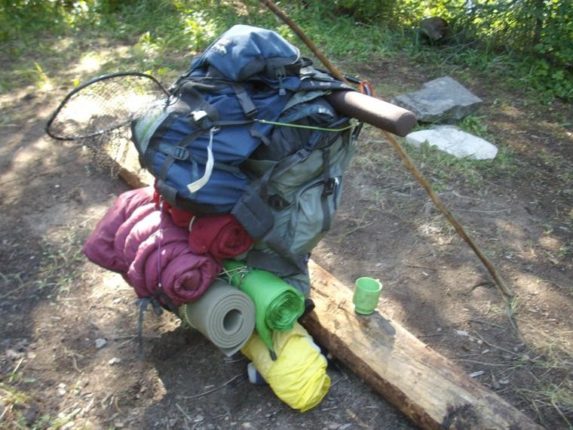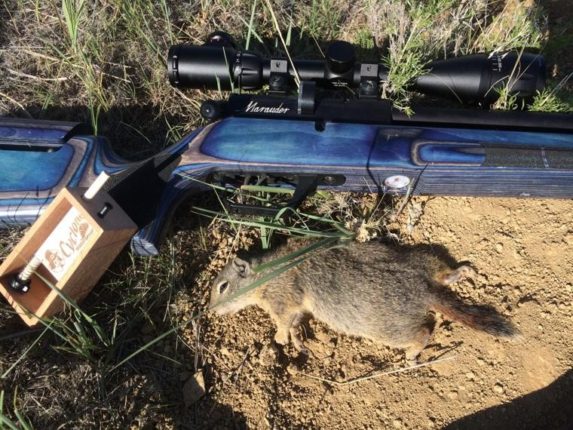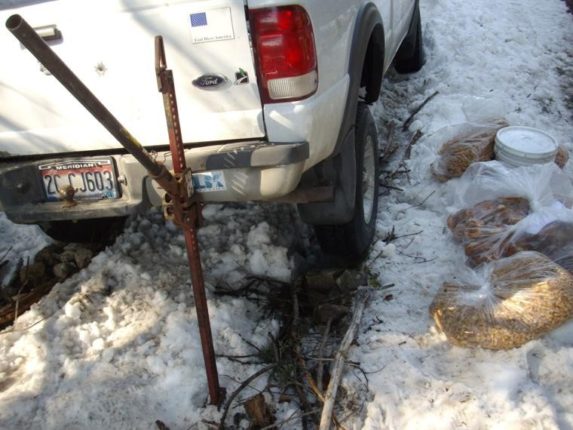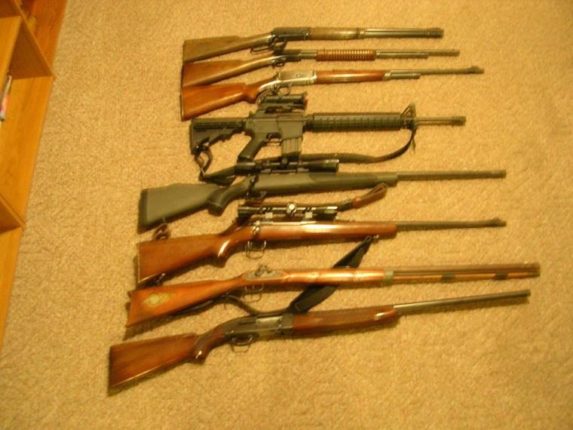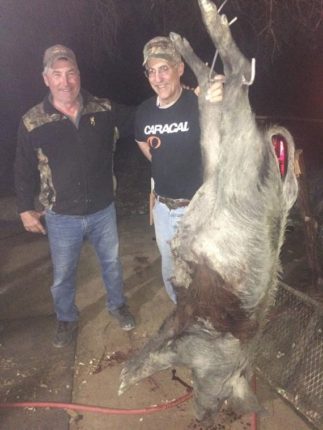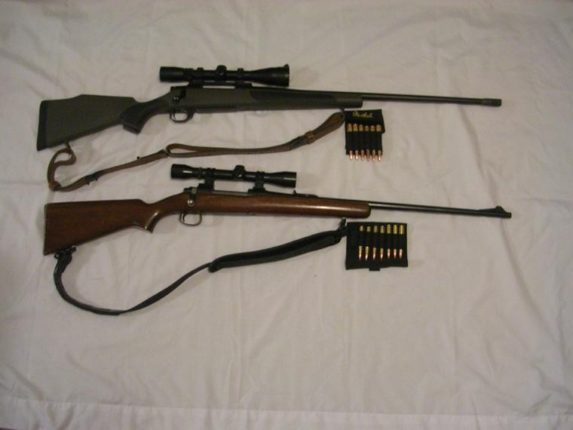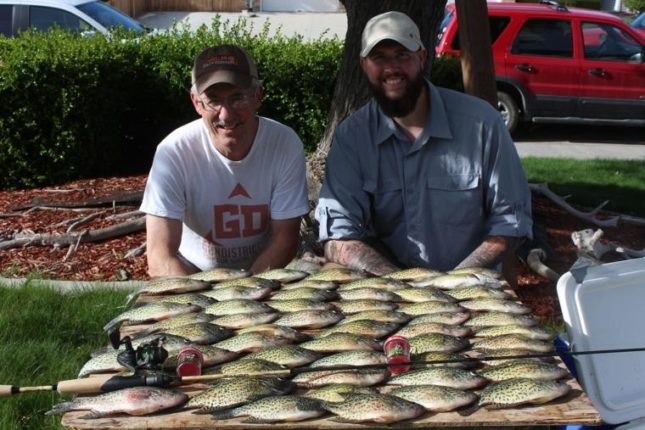In the old days, safety just wasn’t an important topic. You just didn’t hear about it much. Like not at all. For example, I used to rodeo a lot years ago. In those days, we didn’t have the Justin Patch-up crew on-site. Only periodically was there even an ambulance at a rodeo. When I took a bad stomping by a bronc or got hooked by a bull either, I drove myself to the hospital or a buddy took me. In fact, I’ve never been driven to a hospital by an ambulance, and I’ve been knocked out at least 20 times and broke quite a few bones.
Well, I guess I kinda got driven by an ambulance once. We flipped a car and hit a telephone pole and I got thrown out the back window. A passerby stopped and took us to an urgent care facility. After arriving, I was losing feeling in my right arm, so they got nervous and panicked and had an ambulance come get me. The guy who took us to the urgent care didn’t want any more to do with it and understandably because of current lawsuit deals.
I say all of the above just to say, I’ve had enough near-death experiences. I’m kinda in the “wanna live longer group” now. So I’m glad society has started pushing the safety aspect. With that said, I want to talk today about fall protection.
As you can imagine, when I was a kid, we hunted out of some rickety old tree blinds. I never even heard of any such thing as fall protection or hanging a rope down to safely pull up your rifle or bow.
The last few years, we’ve started hearing about fall protection while in a tree blind. It doesn’t take many stories about hunters falling to convince you that it might just be prudent to utilize them. I’m slow to change, but when marketing guru Stephanie Mallory asked me to test one out and do an article, I said yes. You can’t live through many falls from a treestand — if any.
Here’s the first thing that caught my eye about The Descender from Primal Treestands. If you fall, it immediately starts letting you down slowly to the ground for a safe descent. You may be familiar with the OSHA-type of fall protection harnesses from your job. While they do save your life and prevent you from tumbling down the rafters and slamming onto the concrete, they are by no means a pleasant experience.
The harness straps are bunched up and sewed slightly so they break away so you don’t hit the end like a bag of rocks. But you almost do. According to a good buddy of mine, that is what if felt like. I had a crew greasing the rails once at work in a cage on a forklift. They were all wearing fall protection tied off to the cage. My buddy decided to jump out and check out the fall protection.
He said after that pleasant experience that he is sure it was better than slamming on the concrete, but it was like the mother of all wedgies when he hit the end of the strap. There was a definite eyeball shaking jolt. To avoid this, use a Descender. For more information about The Descender, watch this YouTube video: youtu.be/7Q8PAmvlW3c.
The scenarios you can encounter when falling are numerous. You may bounce off some limbs while falling and strike your head and get knocked out. If so, The Descender will gently lower you down to the ground even if you’re unconscious.
So if you hunt out of a treestand, I’d suggest you check out The Descender.
Tom Claycomb lives in Idaho and has outdoors columns in newspapers in Alaska, Idaho, Utah, Nevada, Colorado and Louisiana.
